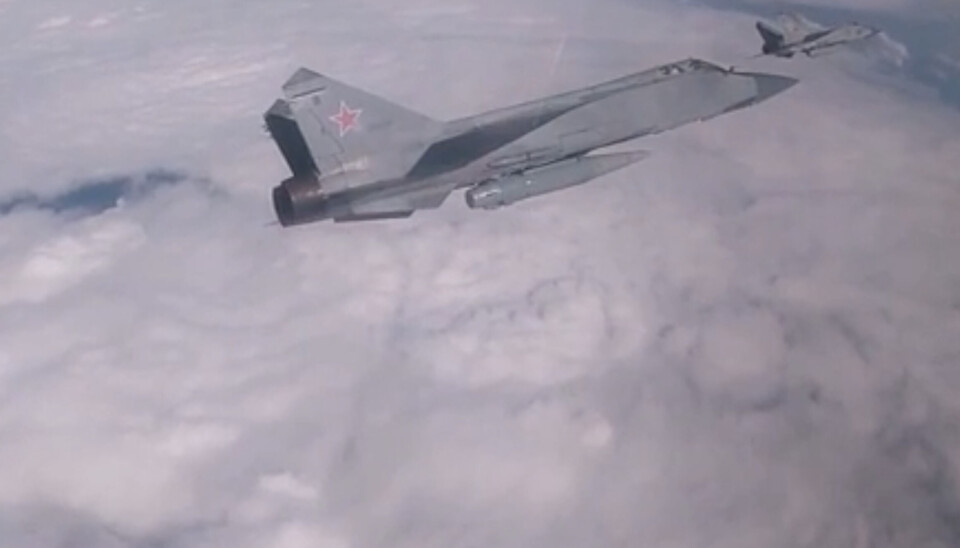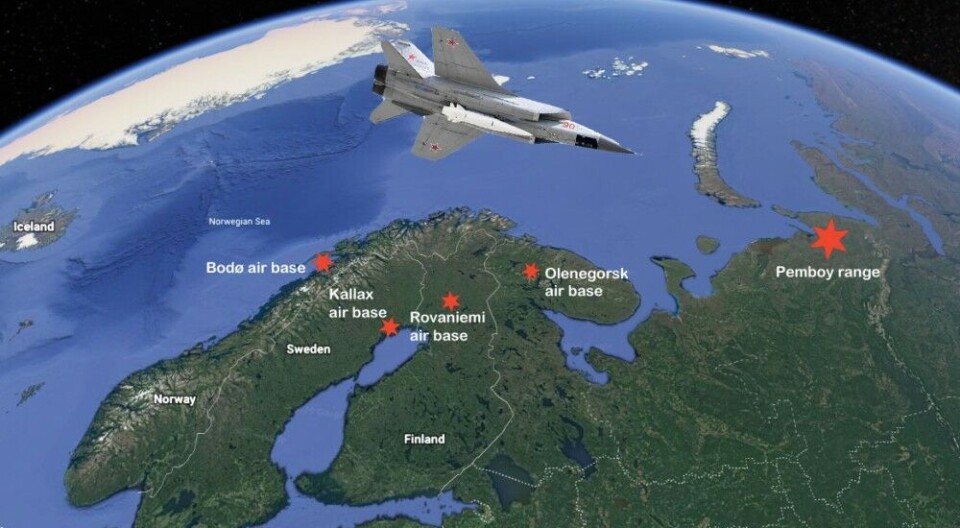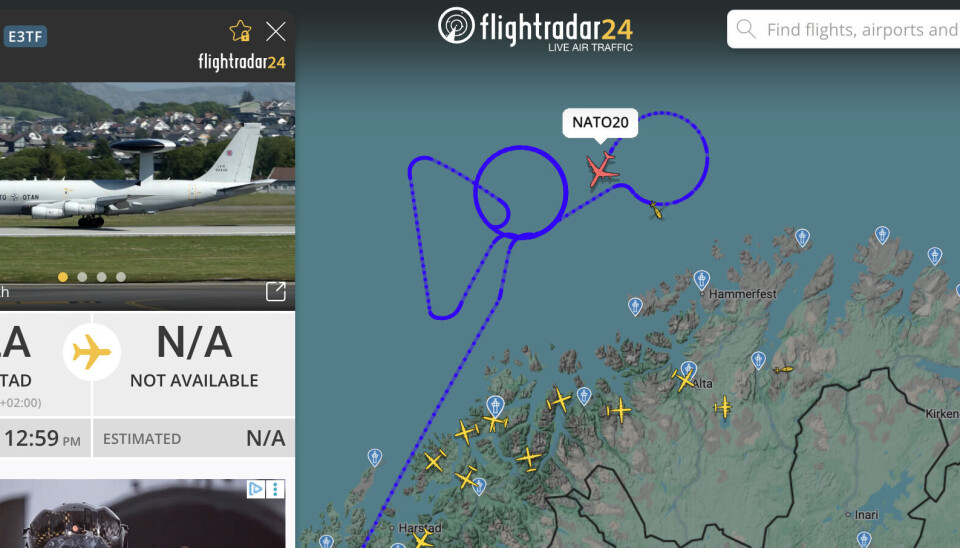
Two MiG-31K armed with ballistic Kinzhal missiles conduct mock strikes over the Barents Sea
Training with the supersonic missile is part of Zapad-2025, the first large strategic exercise in the western part of Russia since Moscow launched its all-out war against Ukraine.
A video posted by the Defense Ministry on Saturday shows two MiG-31K taking off from the Severomorsk-1 military airport on the Kola Peninsula, both armed with a Kinzhal missile.
"The flight duration was about 4 hours," the ministry said and confirmed that the exercise was part of Zapad-2025.
"Crews of MiG-31 aircraft with the Kinzhal aviation complex performed a flight over the neutral waters of the Barents Sea as part of the Zapad-2025 joint strategic exercise," the text said.
"During the combat training mission, the crews practiced delivering a simulated air strike on critically important 'enemy' targets."
The video shows that the planes still carried the missiles when landing after the mission.
Kinzhal missiles were tested over the Barents Sea for the first time in 2019, followed by preparations to deploy the new strategic missile to the Kola Peninsula in 2020.
MiG-31 fighter jets are for the most part based at the military airfield in Monchegorsk, but can also operate out of the Severomorsk-1 airbase north of Murmansk.
The missile is nuclear-capable and flies semi-ballistic at a reported top speed of Mach 10 (10 times the speed of sound).
In principle, the Kinzhal missile is an air-carried version of the Iskander land-based short-range ballistic missile. That said, placing such a missile on an aircraft gives it a more dangerous strategic position.
First, the missile could be launched from unpredictable locations because an aircraft moves much faster than a land-based vehicle. Secondly, an aircraft adds extra range before the missile itself is launched.

For Russia, the Kinzhal substantially improves the country's ability to protect the Barents Sea in case of conflict. Anti-Access/Area Denial of the Barents Sea bastion is important in a scenario where the ballistic missile submarines sailing out of the Kola Peninsula are deployed for war.
In the last days of August, Norwegian and U.S. warships made a show of power in the waters around the North Cape. It is here that the shallow Barents Sea meets the deeper Norwegian Sea.
The Kinzhal missile, which NATO calls the AS-24 Killjoy, poses a significant threat to NATO's northern flank, because it is both difficult to track and difficult to shoot down. Secondly, the missile gives countries neighbouring the Kola Peninsula a very short warning time before impact.
As previously reported by the Barents Observer, the Russia-Belarus Zapad-2025 exercise involves more Arctic activities than first anticipated. Large areas of the Barents Sea are sealed off for live-fire shooting.
The northernmost missile shooting happened at Franz Josef Land, the Russian Arctic archipelago east of Svalbard at the northern edge of the Barents Sea.

















